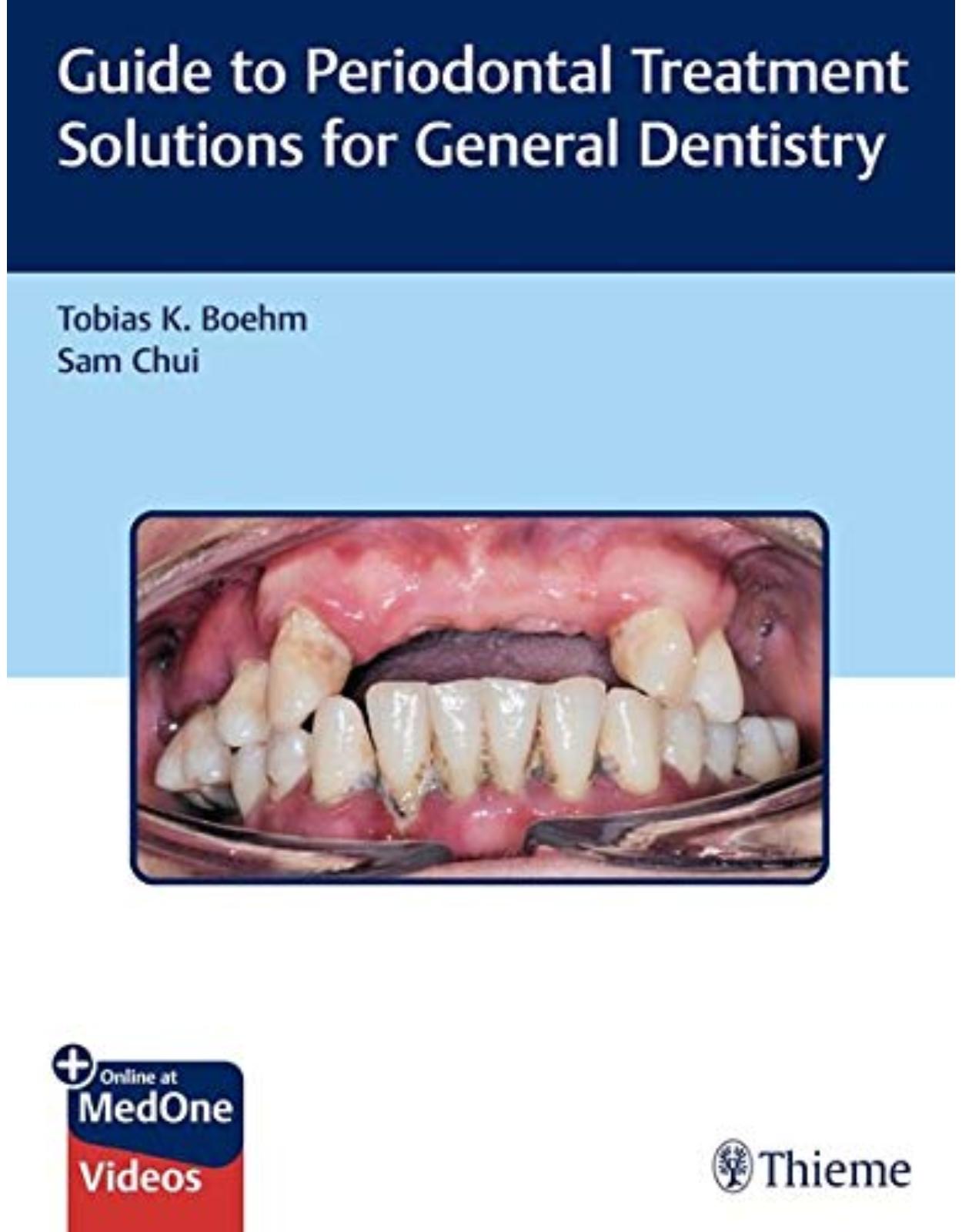
Guide to Periodontal Treatment Solutions for General Dentistry
Livrare gratis la comenzi peste 500 RON. Pentru celelalte comenzi livrarea este 20 RON.
Disponibilitate: La comanda in aproximativ 4 saptamani
Autor: Tobias K. Boehm, Sam Chui
Editura: Thieme Medical Publisher
Limba: Engleza
Nr. pagini: 255
Coperta: Paperback
Dimensiuni: 27.94 x 21.59 cm
An aparitie: 14/07/2020
Description:
A unique how-to guide for dental trainees on the practical application of periodontal treatment
Guide to Periodontal Treatment Solutions for General Dentistry by Tobias Boehm and Sam Chui is a concise textbook on periodontics geared towards dental students, residents, and early-career general dentists. Each chapter includes cases and evidence-based practice exercises that illustrate key concepts and enable application of these concepts through independent study or non-lecture based teaching methods. The book is arranged in a logical sequence mirroring the manner in which patients present with periodontal disease, from the initial exam to state-of-the-art treatments.
The opening chapters cover gingivitis and disease basics, data collection, epidemiology, classification systems, and diagnosis. Subsequent chapters encompass a wide array of nonsurgical and surgical approaches for treating issues such as gum pockets, furcation, gingival recession, mucogingival defects, and tooth mobility, as well as when to refer patients. The latest methods for controlling gingival inflammation are discussed, including scaling and root planing, systemic and local antimicrobial therapy, antiseptics, lasers, and photodynamic therapy.
Key Features:
Case studies, review questions and explanations, coupled with diagrams and illustrations, enhance understanding and knowledge retention
Nine chapters feature key points of periodontal treatment, with detailed step-by-step instructions on how to approach clinical problems
Prognostic tools and risk assessments for predicting tooth longevity with discussion of various tooth replacement options
This is an essential resource that guides dental students, residents and early career stage dentists through the fundamental aspects of periodontal treatment. The book also provides an excellent classroom tool for dental school instructors.
Table of Contents:
1 Background: Periodontal Disease Mechanisms and Wound Healing
1.1 Learning Objectives
1.2 Case
1.3 Periodontal Health
1.3.1 Characteristics of Healthy versus Diseased Periodontal Tissues
1.3.2 Healthy, but Reduced Periodontium
1.4 Anatomy, Histology, and Clinical Relevance
1.4.1 Relationship between Clinical Landmarks and Tissue Histology
1.4.2 Dentogingival Junction and Biologic Width
1.4.3 Epithelial Attachment to Underlying Tissues
1.5 Clinical Significance of Cellular Attachment
1.5.1 Connective Tissue Attachment
1.5.2 Cells, Vessels, and Nerves
1.6 Contribution of Microbes to Periodontal Disease
1.6.1 Plaque, Calculus, and Oral Hygiene
1.6.2 Models of Periodontal Disease— One Does not Fit All
1.6.3 Establishment of a Periodontal Disease-causing Microbial Community
1.6.4 Red Complex Bacteria Contribution to Periodontal Disease Development
1.6.5 Effect of Plaque Retentive Local Factors on Periodontal Disease
1.7 Host Defense Mechanisms and Periodontal Disease
1.7.1 Innate Immunity: Protection Against Periodontal Infection
1.7.2 Adaptive Immunity and Chronic Periodontal Disease
1.7.3 Mechanisms Leading to Gingival Erythema and Bleeding
1.7.4 Mechanism Leading to Pocketing and Attachment Loss
1.7.5 Mechanism Leading to Bone Loss
1.7.6 Mechanism Leading to Mobility and Tooth Loss
1.7.7 Effect of Genetic Factors on Periodontal Disease
1.7.8 Effect of Medical Factors on Periodontal Disease
1.7.9 Periodontitis, Diabetes Mellitus, and Obesity
1.7.10 Atherosclerosis, Heart Attacks, and Strokes
1.7.11 Birth Complications
1.7.12 Pneumonia
1.7.13 Other Medical Conditions
1.7.14 Aging
1.7.15 Tobacco Use
1.8 Wound Healing
1.8.1 Phases of Wound Healing
1.8.2 Regeneration versus Repair
1.8.3 Unique Aspects of Tissue Healing around Dental Implants
1.8.4 Clinical Implication: Postoperative Instructions
1.8.5 Clinical Implication: Wait Times after Surgery for Dental Procedures
1.9 Developmental Influences
1.9.1 Tooth Development
1.9.2 Root Development and Tooth Eruption
1.9.3 Clinical Implications for Periodontal Treatment
1.10 Essential Takeaways
1.11 Review Questions
1.12 Answers
1.13 Evidence-based Activities
References
2 Gathering Periodontal Data
2.1 Learning Objectives
2.2 Case
2.3 Assessing the Systemic Context of a Patient’s Periodontal Condition
2.3.1 Chief Complaint and the History of Present Illness
2.3.2 Medical History
2.4 Evaluating the Current State of the Periodontal Condition
2.4.1 General Head, Neck, Oral Mucosal, and Hard Tissue Exam
2.4.2 Periodontal Assessment
2.5 Using Radiographic Imaging and Adjunctive Tests
2.5.1 Radiographic Assessment
2.5.2 Microbial, Genetic Testing, and Other Tests for Unusual Periodontal Disease
2.6 Creating a Problem List for Diagnosis and Treatment Planning
2.6.1 Preparing Information for Disease Identification
2.6.2 Developing a Problem List for Risk Assessment
2.6.3 Developing a Problem List for Treatment Planning
2.7 Essential Takeaways
2.8 Review Questions
2.9 Answers
2.10 Evidence-based Activities
References
3 Identifying Periodontal Diseases
3.1 Learning Objectives
3.2 Case
3.3 Identify Common Periodontal Diseases
3.3.1 The Six Dimensions of Periodontal Diseases
3.3.2 Everyday Periodontal Diagnosis
3.3.3 Classification Systems of Periodontal Diseases
3.4 Develop an Etiology-based Treatment Plan
3.4.1 Recognizing Contributing Factors
3.4.2 Identifying and Judging the Influence of Systemic Factors
3.4.3 Identifying and Judging the Influence of Generalized Local Factors
3.4.4 Identifying and Judging the Influence of Local Factors
3.4.5 Creating a Comprehensive Periodontal Treatment Plan
3.5 Identify Uncommon Periodontal Diseases
3.5.1 Bleeding on Probing, Pocketing, or Bone Loss around Implants
3.5.2 Localized Severe Bone Loss to Apex/Near Apex on a Single Tooth
3.5.3 Localized Soft Tissue Swelling or Fistula Tract
3.5.4 Firm, Rubbery Enlargement of Interdental Papillae
3.5.5 Patchy Severe Erythema
3.5.6 Ulceration
3.5.7 Tissue Necrosis
3.6 Essential Takeaways
3.7 Review Questions
3.8 Answers
3.9 Evidence-based Activities
References
4 Predicting Tooth Longevity
4.1 Learning Objectives
4.2 Case
4.2.1 What is the Likelihood of Tooth Loss?
4.2.2 Will Treatment Reduce the Chance of Tooth Loss?
4.2.3 Should Teeth Be Removed?
4.3 Judging How Likely a Patient Will Lose Teeth
4.3.1 Prognosis—What Does it Mean?
4.3.2 Tooth Loss in Untreated and Treated Periodontitis
4.3.3 Judging the Speed of Periodontal Deterioration and Setting an Appropriate Recall Interval
4.3.4 Judging How Fast a Patient Will Lose Teeth
4.3.5 Judging the Prognosis for each Tooth
4.4 Judging How Likely Periodontal Treatment Will Succeed
4.4.1 Factors that Lead to Successful Treatment Delivery
4.4.2 Factors that Lead to Clinical Success
4.4.3 Judging How Aggressive Treatment Should Be
4.4.4 Judging How likely Periodontal Treatment will Eliminate Periodontal Disease
4.4.5 Judging Which Teeth Are Most Suitable for Restoration
4.4.6 Judging Resilience of the Treatment Plan
4.4.7 Judging the Likelihood of New Periodontal Disease
4.5 Determining Which Teeth Should Be Removed
4.5.1 Identifying Teeth that Need to Be Removed
4.5.2 Special Circumstances Where Tooth Removal Is Indicated
4.5.3 Sacrificing Teeth in Favor of Implant Therapy
4.5.4 Predicting the Difficulty Level of Tooth Removal
4.5.5 Judging if Immediate Implant Placement is an Option
4.6 Benefits and Risks of Tooth Removal, Tooth Replacement, and Tooth Retention
4.6.1 Preserving Teeth
4.6.2 Removing Teeth
4.6.3 Implant-supported Tooth Replacement
4.6.4 Tooth-supported Fixed Partial Dentures
4.6.5 Removable Partial/Complete Dentures
4.7 Essential Takeaways
4.8 Review Questions
4.9 Answers
4.10 Evidence-based Activities
References
5 Controlling Gingival Inflammation
5.1 Learning Objectives
5.2 Case
5.3 Controlling Periodontal Inflammation
5.3.1 Insurance Coding
5.4 Scaling and Root Planing Procedures
5.4.1 Medical Conditions that Require Precautionary Measures
5.4.2 Setup and Patient Preparation
5.4.3 Appointment Structure
5.4.4 Local Anesthesia
5.4.5 Ultrasonic Scaling and Root Planing
5.4.6 Hand Scaling and Root Planing
5.4.7 Instrumentation
5.4.8 Technique
5.4.9 Stain Removal and Coronal Polishing
5.4.10 Hand Instrument Variants
5.5 Glassy Smooth versus Satin Finish as Desired Root Planing Outcome
5.5.1 Other Devices
5.6 Scaling and Root Planing Adjuncts
5.6.1 Surgical Lasers
5.6.2 Low-level Laser Irradiation and Photodynamic Therapy
5.6.3 Host Modulation Agents
5.6.4 Local Antimicrobial Agents
5.6.5 Subgingival Oral Irrigation
5.7 Oral Hygiene Instruction
5.7.1 Plaque Disclosing
5.7.2 Mechanical Plaque-Removal Methods
5.7.3 Dentifrices/Toothpaste
5.7.4 Mouthrinses/Mouthwash
5.8 Tobacco-cessation Counseling
5.8.1 Consequences of Tobacco Use
5.8.2 Counseling Tobacco Users
5.8.3 Encouraging Quitting
5.8.4 Pharmacologic Agents for Tobacco Cessation
5.8.5 Other Agents
5.9 Essential Takeaways
5.10 Review Questions
5.11 Answers
5.12 Evidence-based Activities
References
6 Reducing Pockets
6.1 Learning Objectives
6.2 Case
6.3 Recognize Indications for Pocket-reduction Surgery
6.3.1 Risks Associated with Residual Deep Pocketing
6.3.2 Causes of Residual Deep Pocketing
6.3.3 General Indications for Pocket-reduction Surgery
6.3.4 Pocket-reduction and Correction of Biologic Width Issues
6.3.5 Medical Contraindications
6.3.6 Dental Contraindications
6.3.7 Consent Issues
6.3.8 When to Refer
6.4 Develop a Surgical Treatment Plan for Reducing Periodontal Pockets
6.4.1 Pocket Types—Suprabony and Infrabony
6.4.2 Treatment of Suprabony Pockets
6.4.3 Treatment of Infrabony Pockets
6.4.4 Bone Defect Types
6.4.5 Shallow Infrabony Pockets—Osseous Surgery
6.4.6 Deep Infrabony Pockets—Regenerative Techniques
6.4.7 Specific Consent Issues
6.4.8 Postoperative Care
6.5 Describe Surgical Pocket-reduction Techniques
6.5.1 Instrumentation
6.5.2 Flap Design
6.5.3 Surgical Debridement and Odontoplasty
6.5.4 Osseous Resective Technique
6.5.5 Biologics Application
6.5.6 Bone Grafting Technique
6.5.7 Membrane Application
6.5.8 Suturing
6.6 Identify Suitable Cases for Crown-lengthening Procedures
6.6.1 Indications
6.6.2 Determining if Crown Lengthening is Possible
6.6.3 Determining the Coslet Type of a “Gummy Smile”
6.6.4 Treatment Planning
6.6.5 Specific Consent Issues for Crown-lengthening Procedures
6.6.6 Crown-lengthening Surgery Technique
6.7 Key Takeaways
6.8 Review Questions
6.9 Answers
6.10 Evidence-based Activities
References
7 Treating Teeth with Furcation Involvement
7.1 Learning Objectives
7.2 Case
7.3 Recognize the Effect of Furcation Involvement on Tooth Prognosis
7.3.1 Describing Furcation Involvement
7.3.2 Challenges Associated with Furcation Involvement
7.4 Develop Strategies for Managing Furcation Involvement
7.4.1 Maintenance “as is”
7.4.2 Extraction
7.4.3 Combined Pocket Reduction and Tooth Shaping Approach
7.4.4 Pocket-reduction Strategy
7.4.5 Osseous Surgery Alone is not Sufficient for Furcation Treatment
7.4.6 Reshaping of Tooth
7.5 Surgical Methods for Class I and Class II Furcation Treatment
7.5.1 General Consent Issues and Patient Preparation
7.5.2 Regenerative Technique
7.5.3 Biologic Shaping
7.6 Describe Surgical Methods for Deep Class II and Class III Furcation Treatment
7.6.1 Root Resection and Hemisection
7.6.2 Tunneling
7.7 Key Takeaways
7.8 Review Questions
7.9 Answers
7.10 Evidence-based Activities
References
8 Correcting Gingival Recession and Mucogingival Defects
8.1 Learning Objectives
8.2 Case
8.3 Recognize Indications for Mucogingival Surgery
8.3.1 Risks Associated with Gingival Recession
8.3.2 Causes of Gingival Recession
8.3.3 Risks Associated with Lack of Keratinized Tissue
8.3.4 Tissue Thickness, Biotype, and Restorations
8.3.5 The Problem of High Frenum Attachments
8.3.6 Importance of Sufficient Vestibular Depth
8.3.7 Medical Contraindications
8.3.8 Consent Issues
8.4 Create Treatment Plans that Prevent, Manage, or Correct Mucogingival Problems
8.4.1 Prevention of Mucogingival Problems
8.4.2 Management of Mucogingival Problems
8.4.3 Treatment Planning
8.5 Describe Surgical Strategies that Augment Gingival Tissues
8.5.1 Instrumentation
8.5.2 Patient Preoperative Preparation
8.5.3 Connective Tissue Grafting
8.5.4 Gingival Grafting
8.5.5 Apical Positioned Flap Surgery
8.5.6 Pedicle Flap Surgeries
8.5.7 Variant: Double Pedicle Flap and Double Pedicle Flap Combined with Connective Tissue Graft
8.6 Describe Surgical Strategies that Reposition Gingiva and Vestibular Mucosa
8.6.1 Coronally Positioned Flap
8.6.2 Frenectomy
8.6.3 Vestibuloplasty Procedures
8.7 Key Takeaways
8.8 Review Questions
8.9 Answers
8.10 Evidence-based Activities
References
9 Managing Tooth Mobility
9.1 Learning Objectives
9.2 Case
9.3 Recognizing Causes of Tooth Mobility
9.3.1 Causes of Tooth Mobility
9.3.2 How to Diagnose Causes of Tooth Mobility?
9.3.3 How to Treat Tooth Mobility?
9.4 Identifying Occlusal Trauma
9.4.1 Signs of Occlusal Trauma
9.4.2 Types of Occlusal Trauma
9.4.3 The Effect of Excessive, Light, and Absent Forces
9.4.4 How to Identify Occlusal Trauma?
9.4.5 How much Does Occlusal Trauma Contribute to Periodontal Destruction?
9.4.6 When to Correct Occlusal Trauma?
9.5 Correcting Occlusal Trauma
9.5.1 What Should a Physiologic Occlusion Consist of?
9.5.2 Occlusal Analysis and Correction
9.5.3 Occlusal Analysis
9.5.4 Occlusal Correction
9.5.5 What to Expect after Treatment
9.6 Alleviating Tooth Mobility
9.6.1 Splint Types
9.6.2 When to Remove Mobile Teeth?
9.7 Key Takeaways
9.8 Review Questions
9.9 Answers
9.10 Evidence-based Activities
References
Index
Additional MedOne Information
| An aparitie | 14/07/2020 |
| Autor | Tobias K. Boehm, Sam Chui |
| Dimensiuni | 27.94 x 21.59 cm |
| Editura | Thieme Medical Publisher |
| Format | Paperback |
| ISBN | 9781626238008 |
| Limba | Engleza |
| Nr pag | 255 |

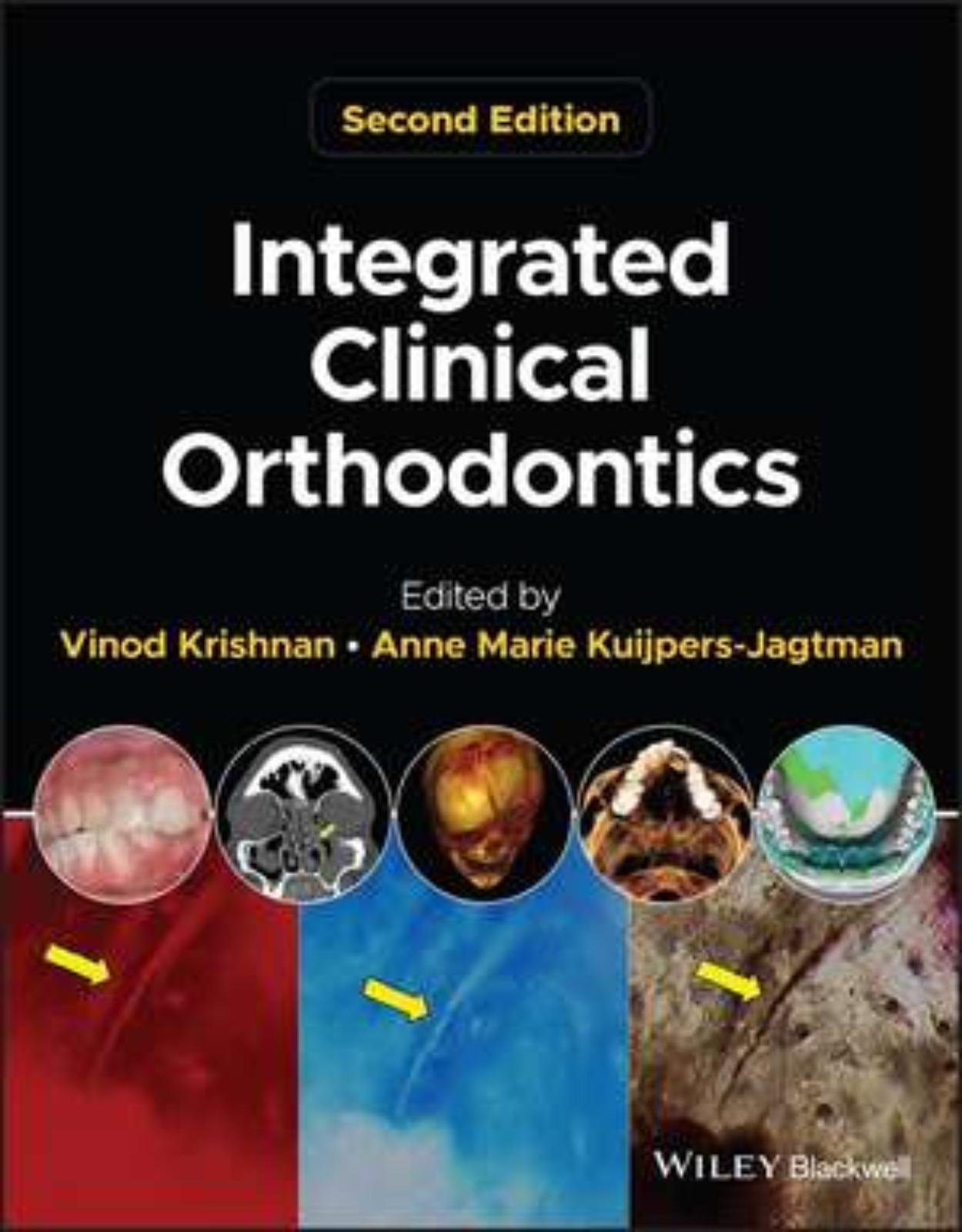
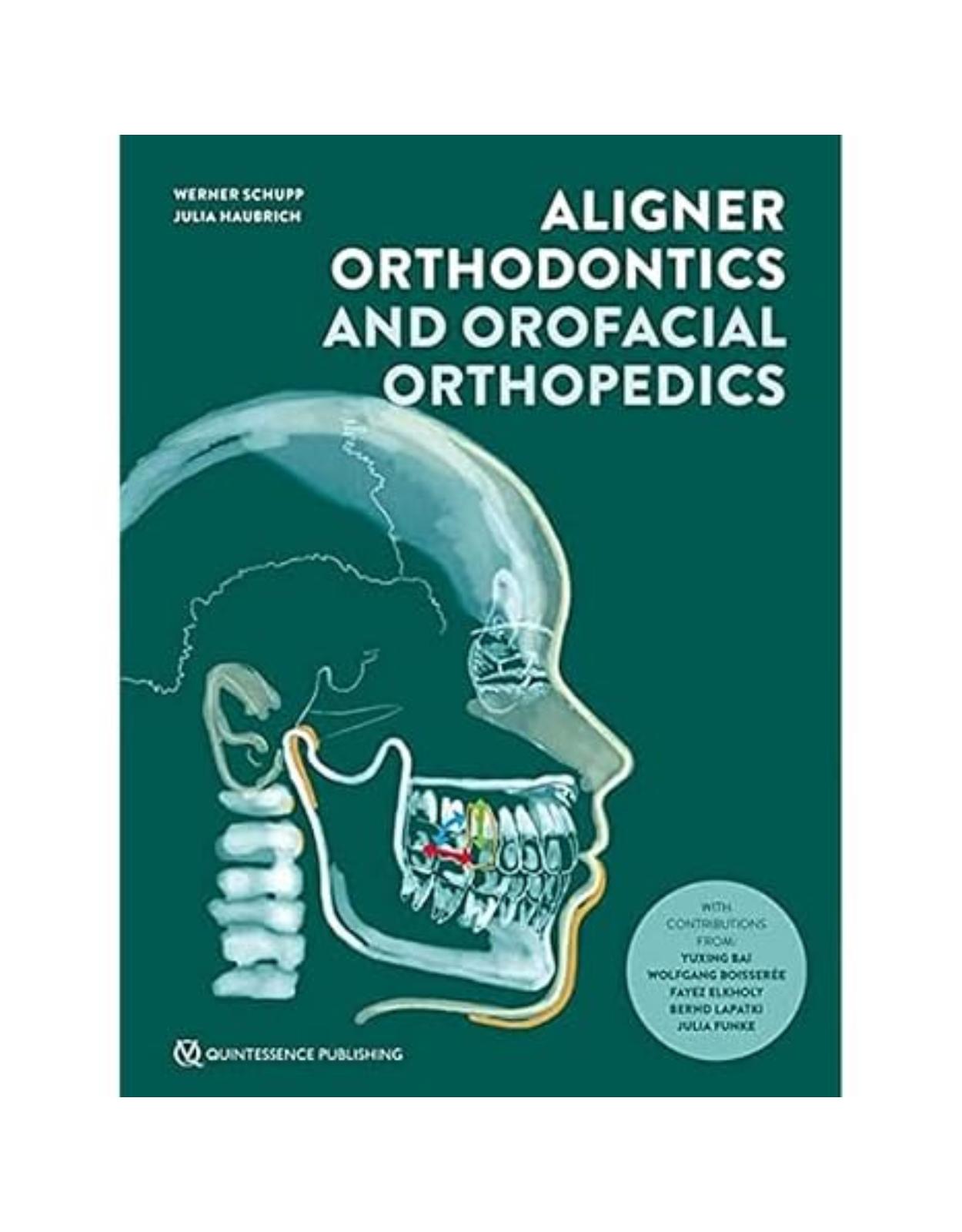
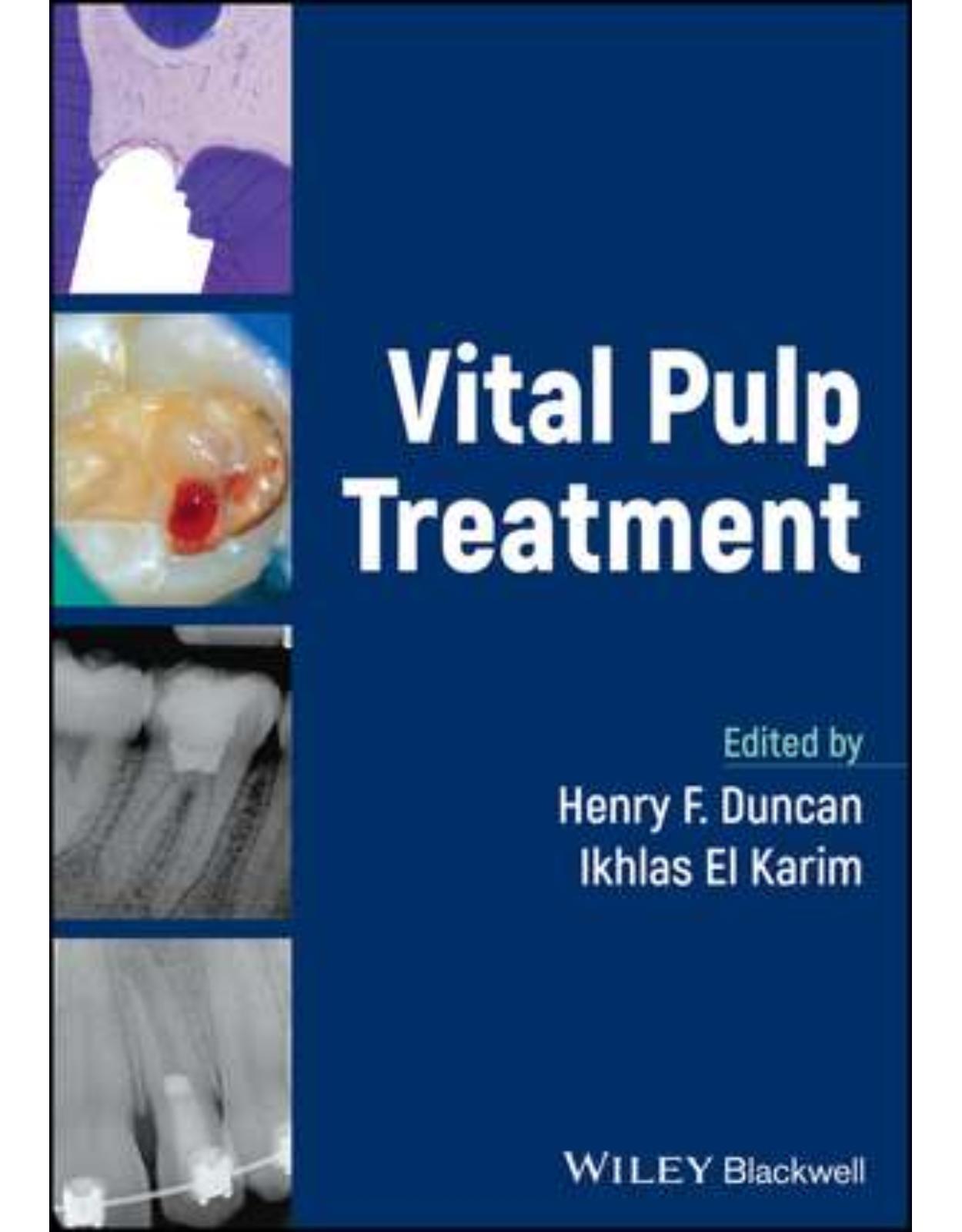
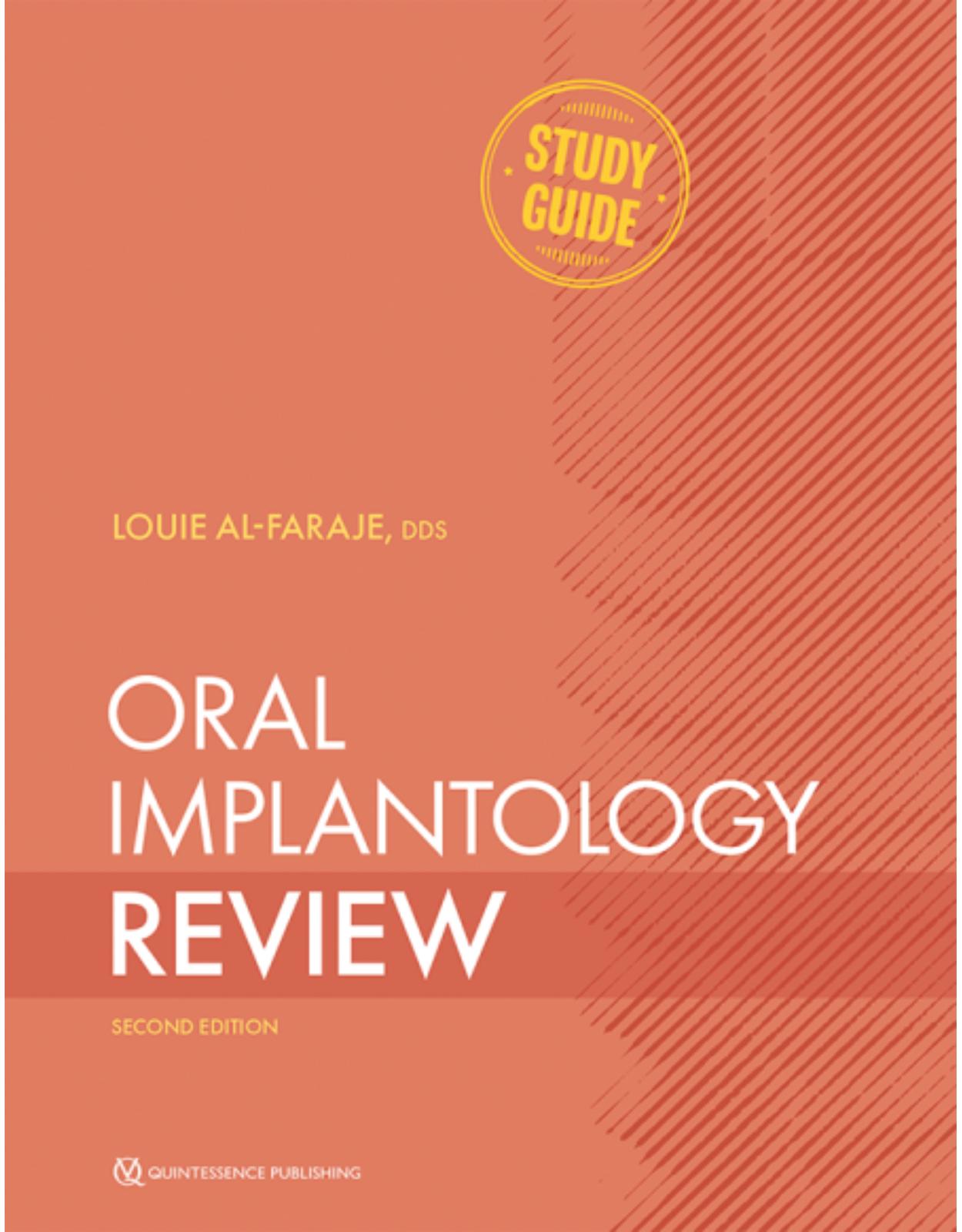
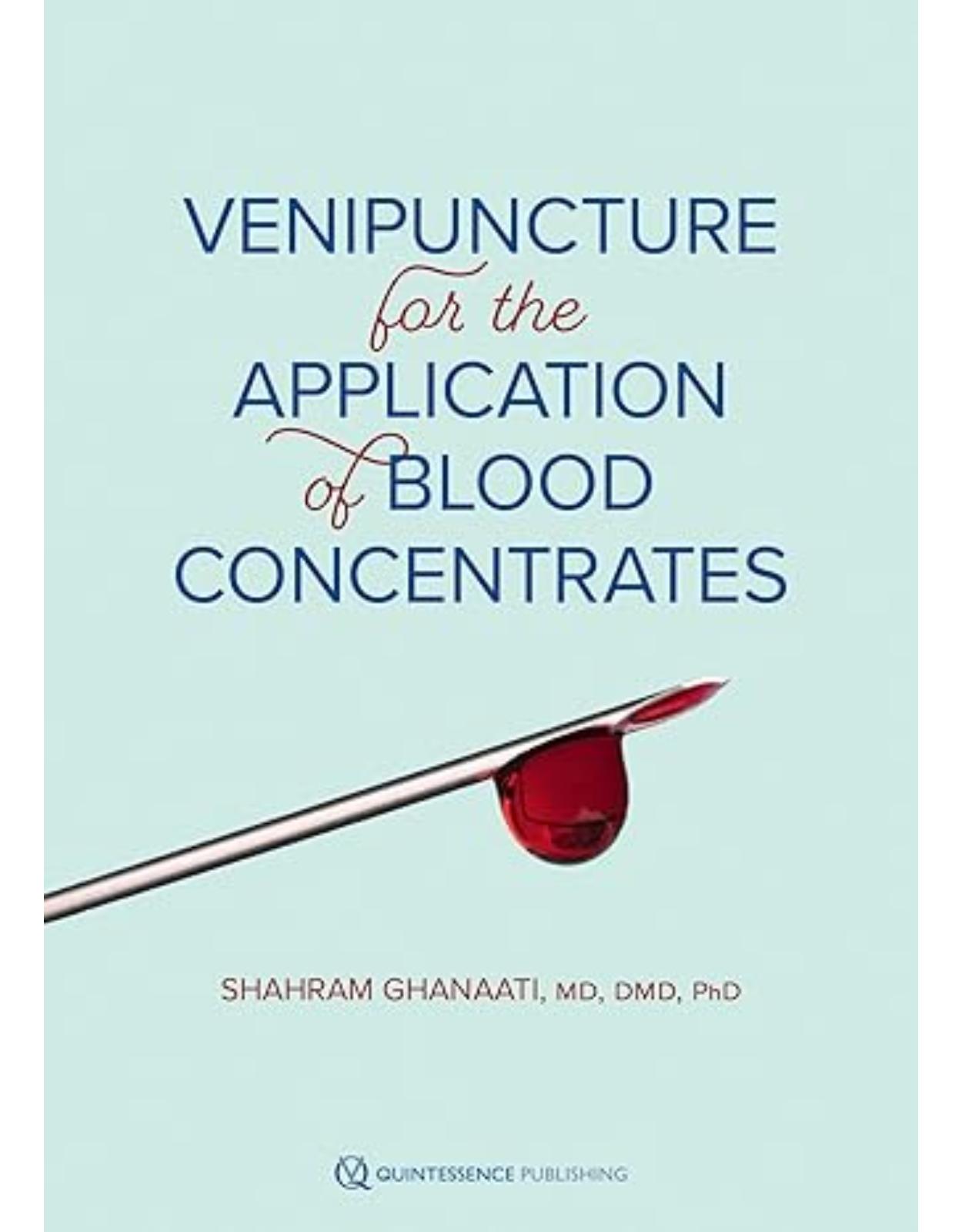
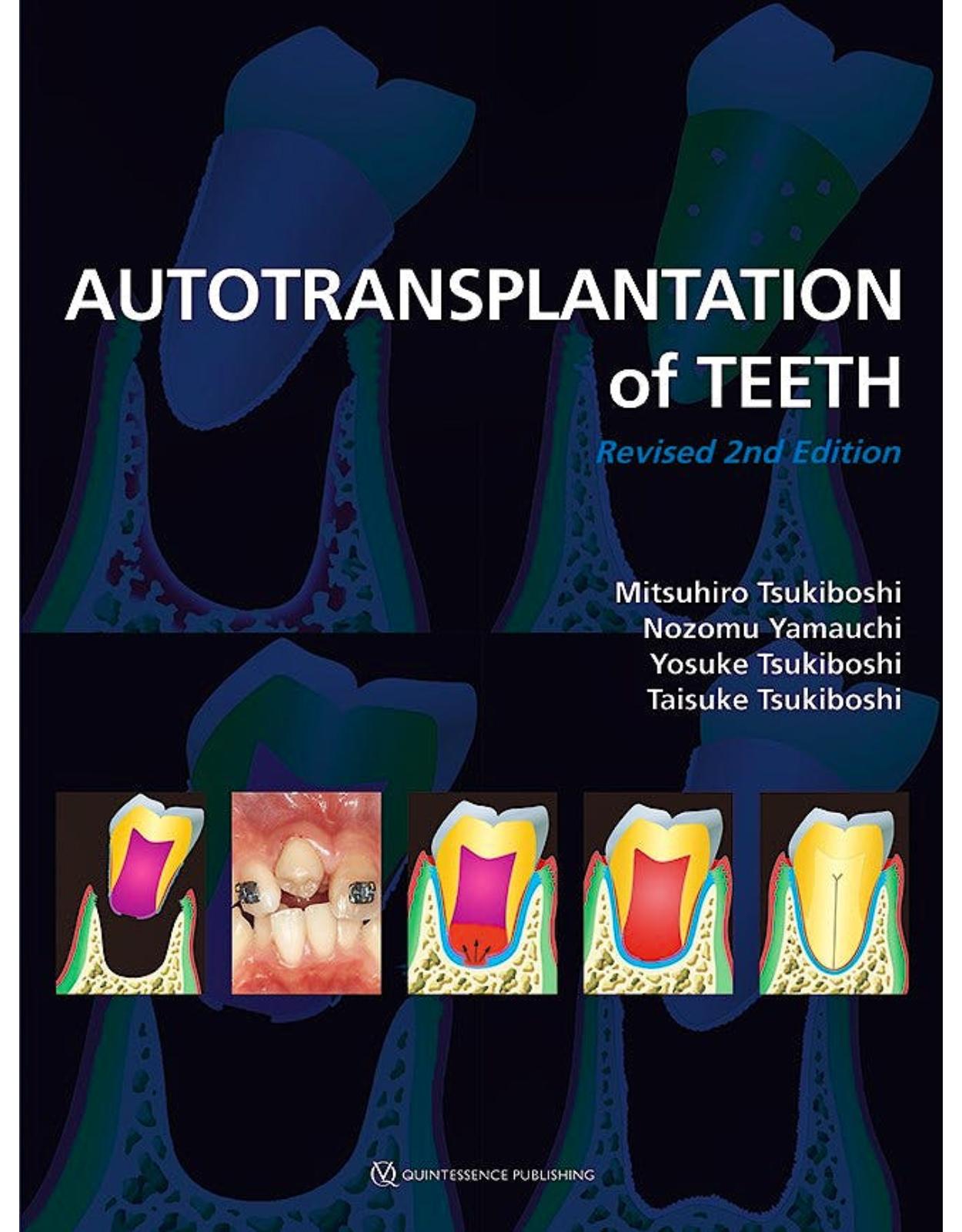
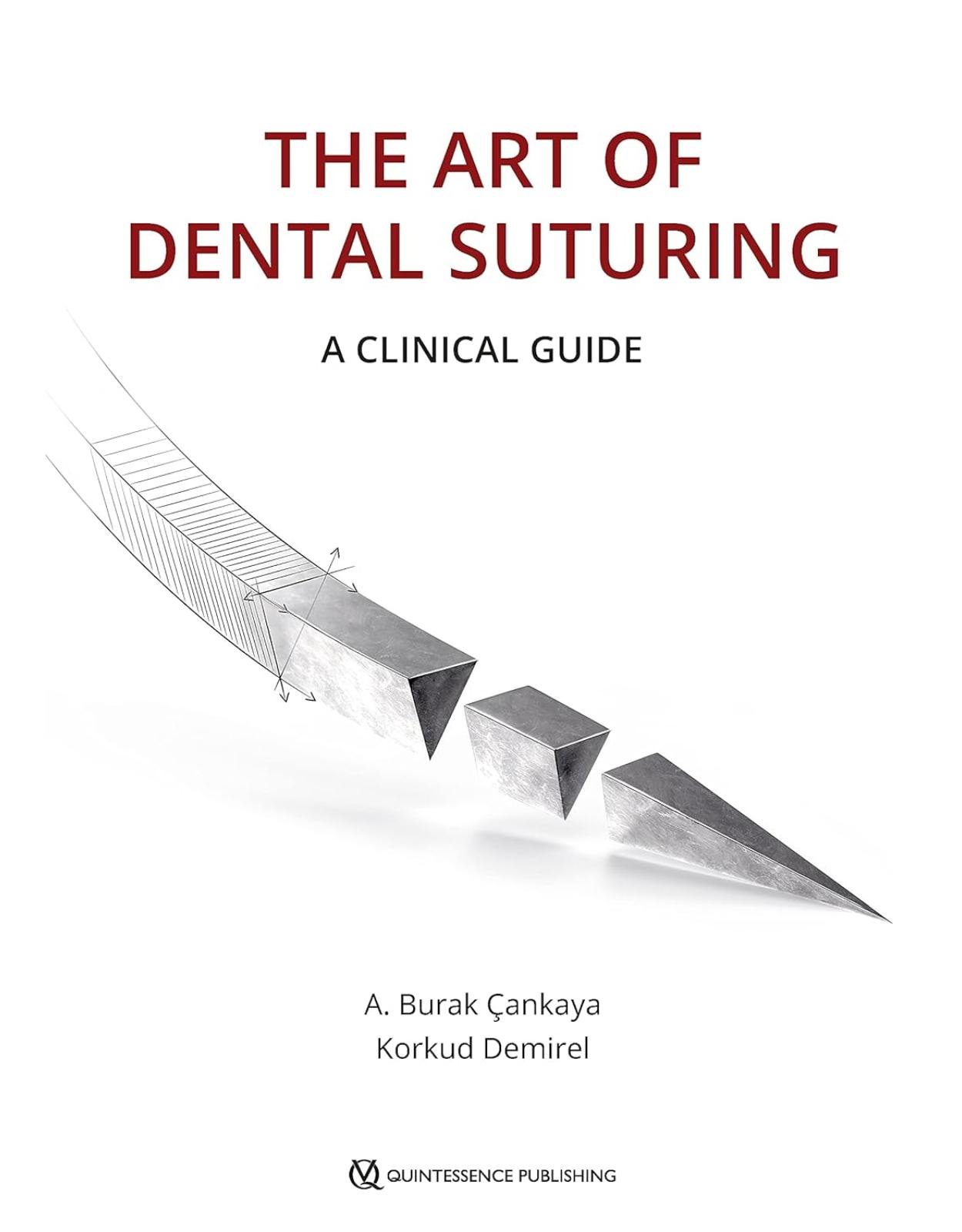
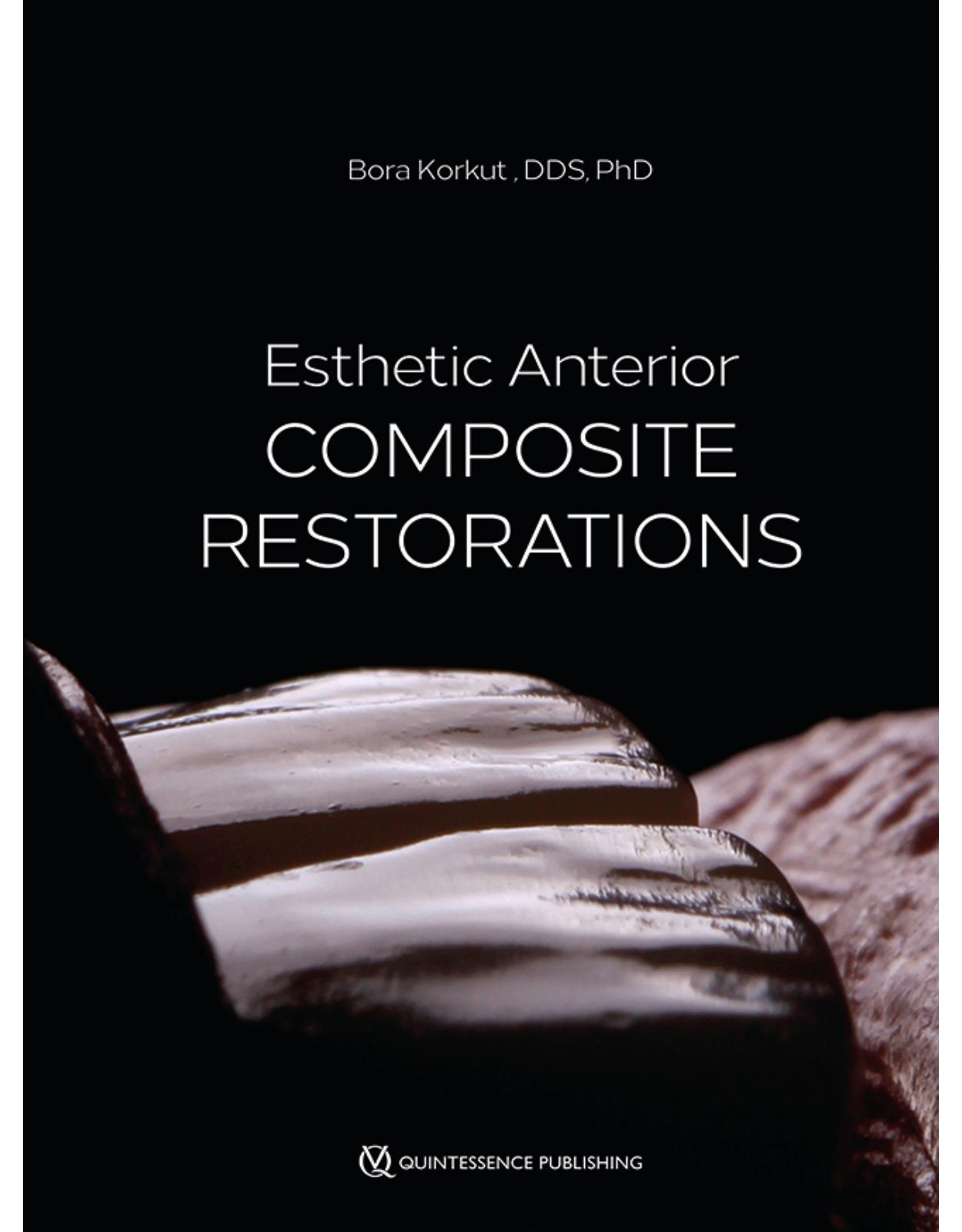
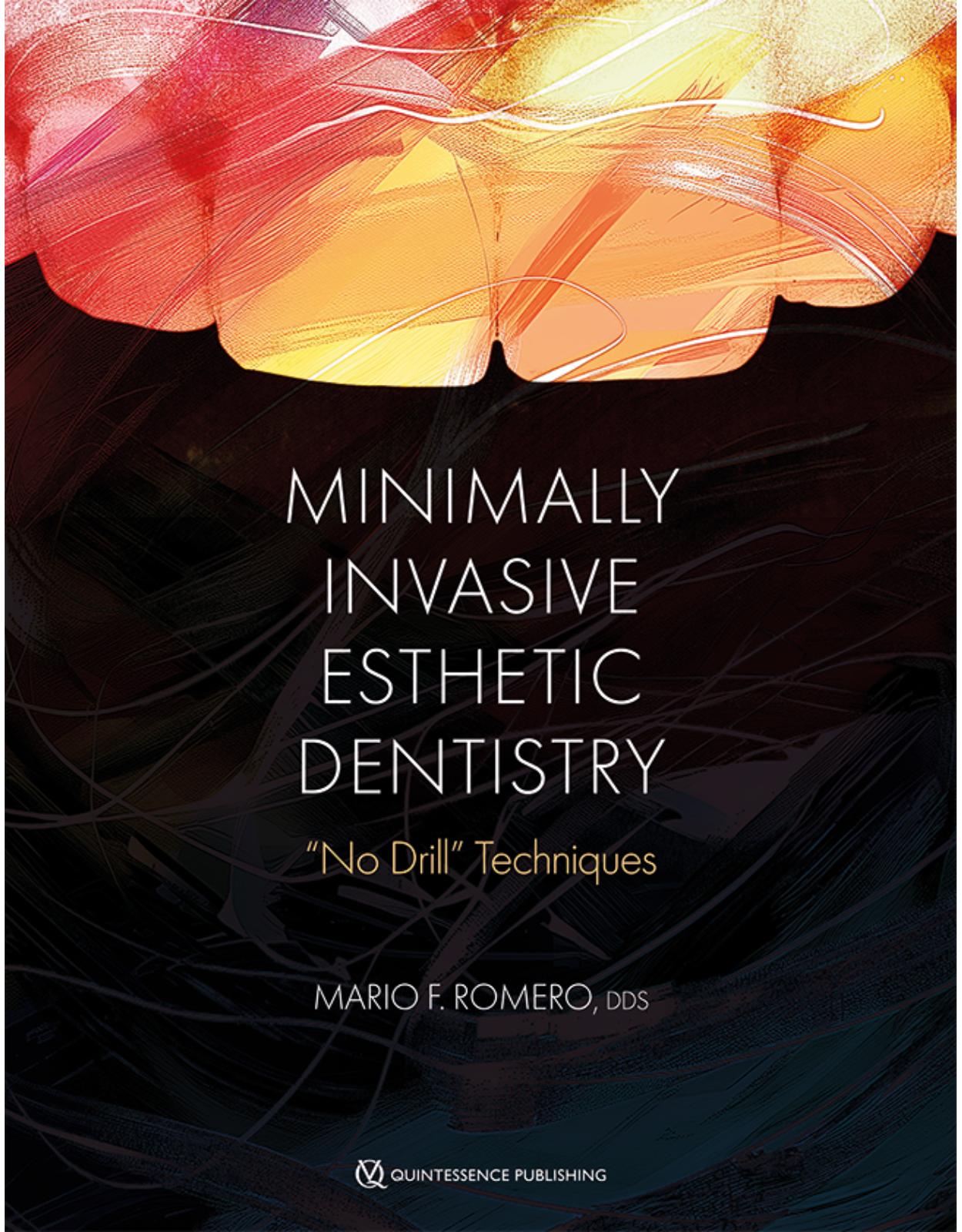
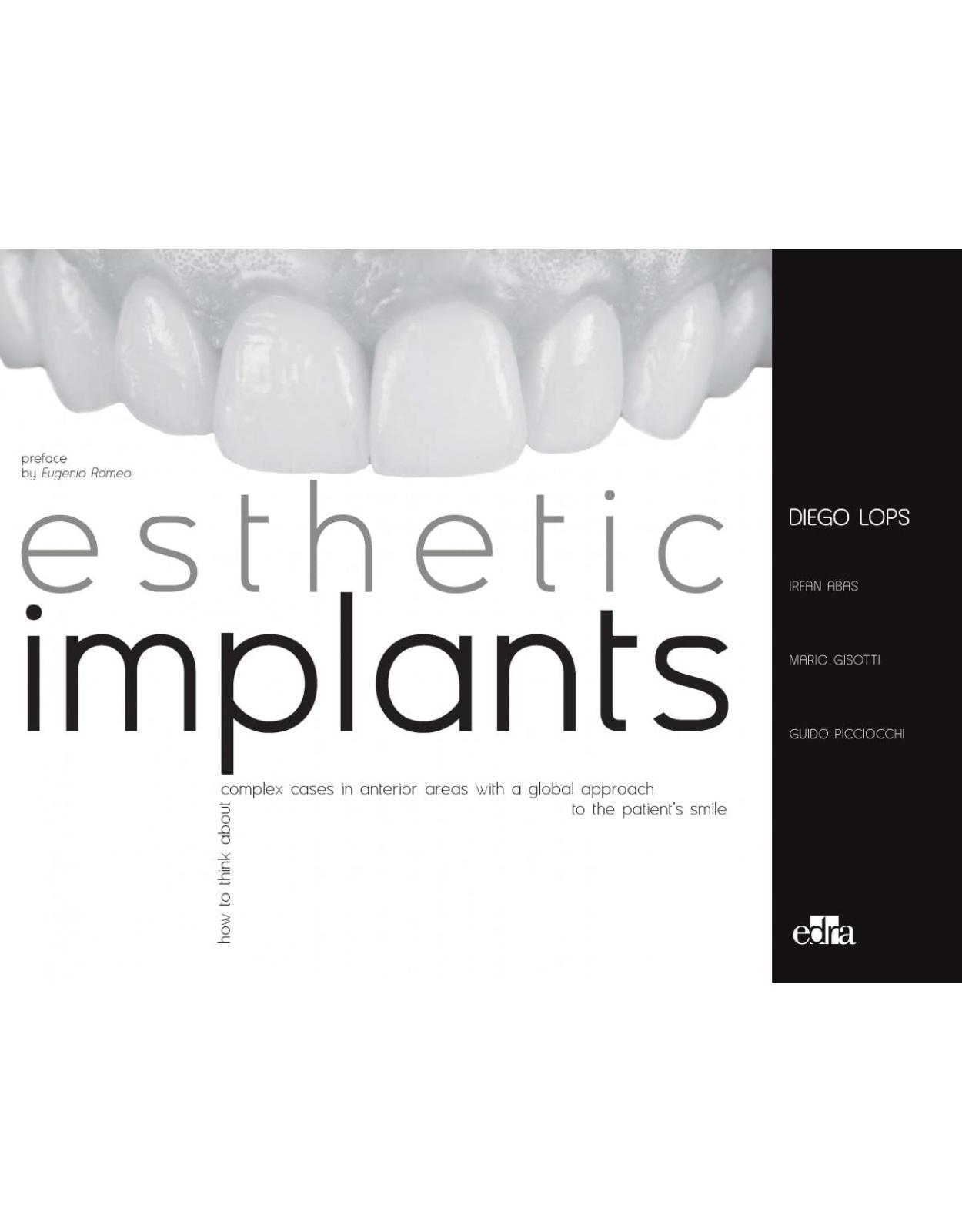
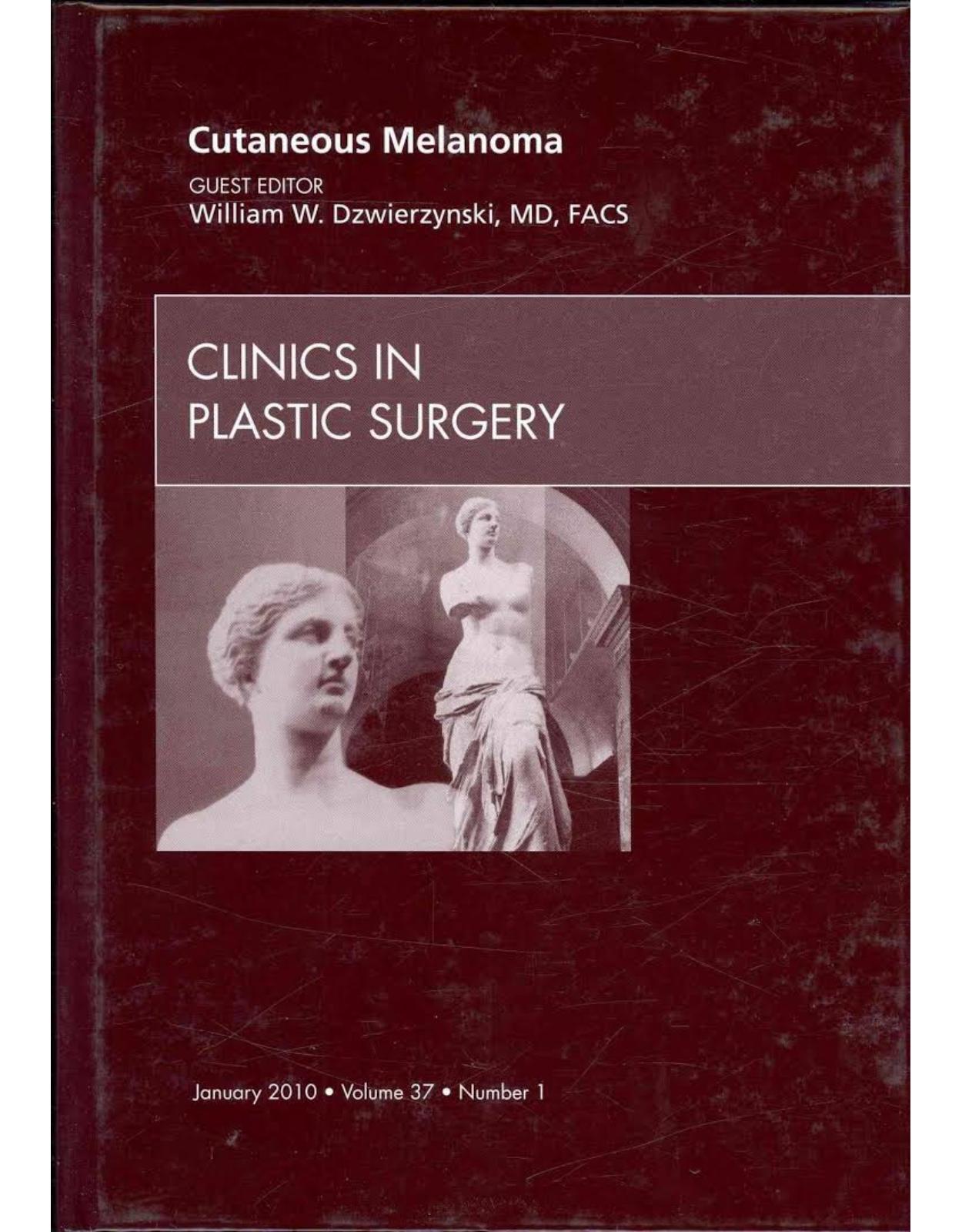

Clientii ebookshop.ro nu au adaugat inca opinii pentru acest produs. Fii primul care adauga o parere, folosind formularul de mai jos.